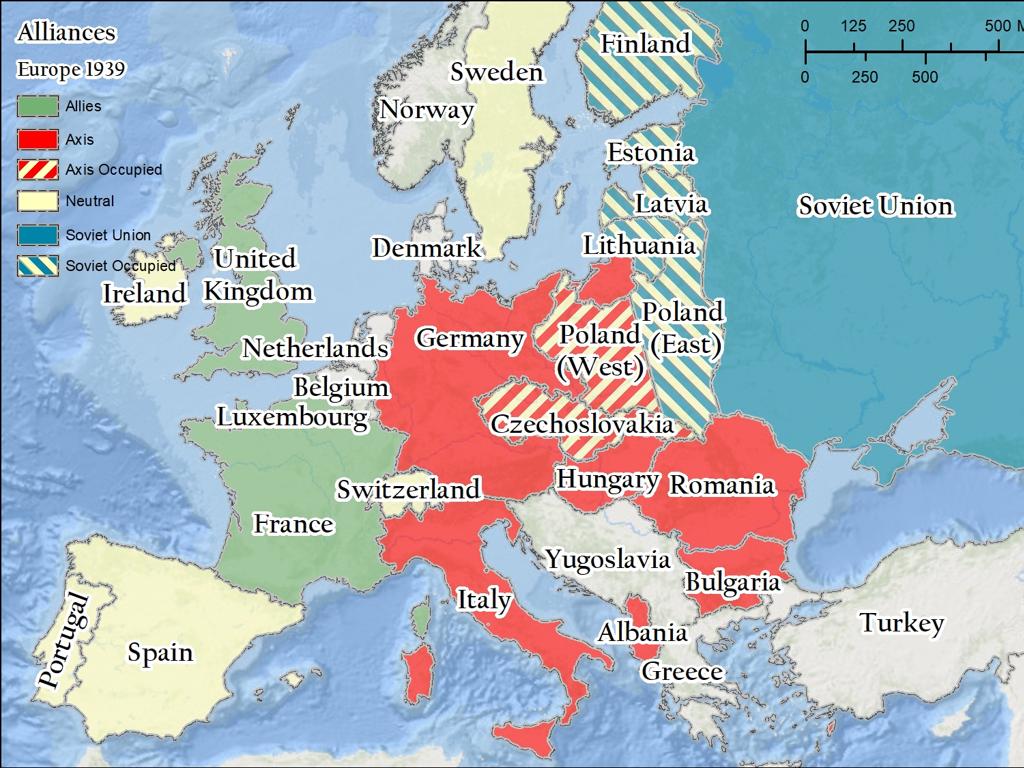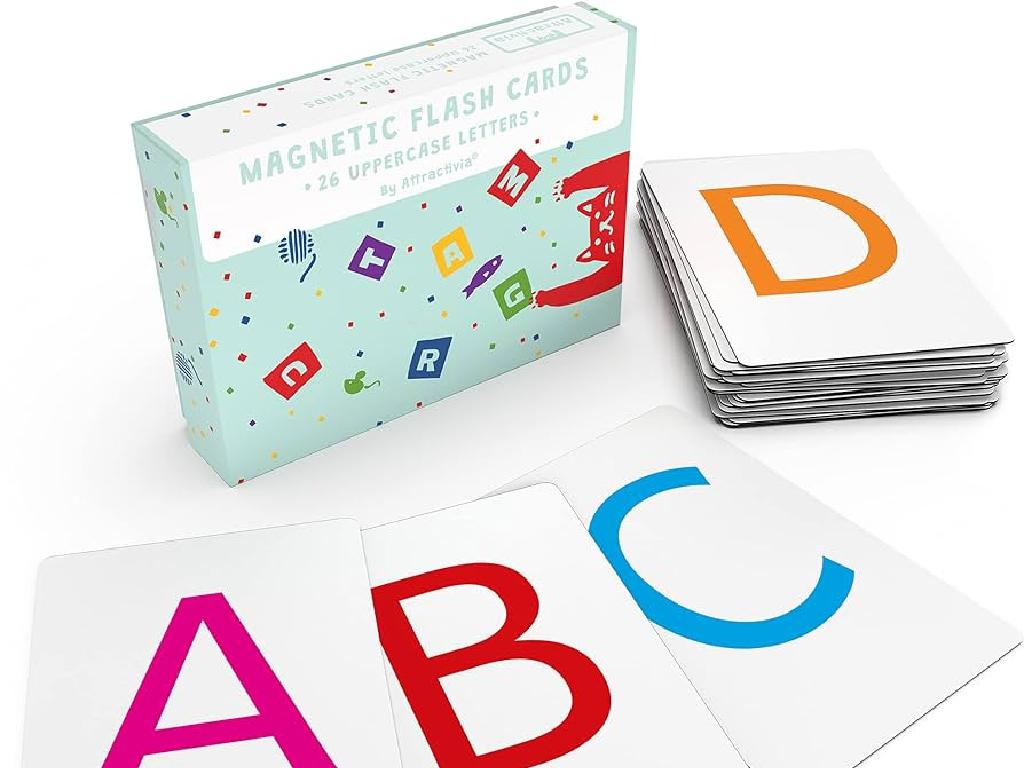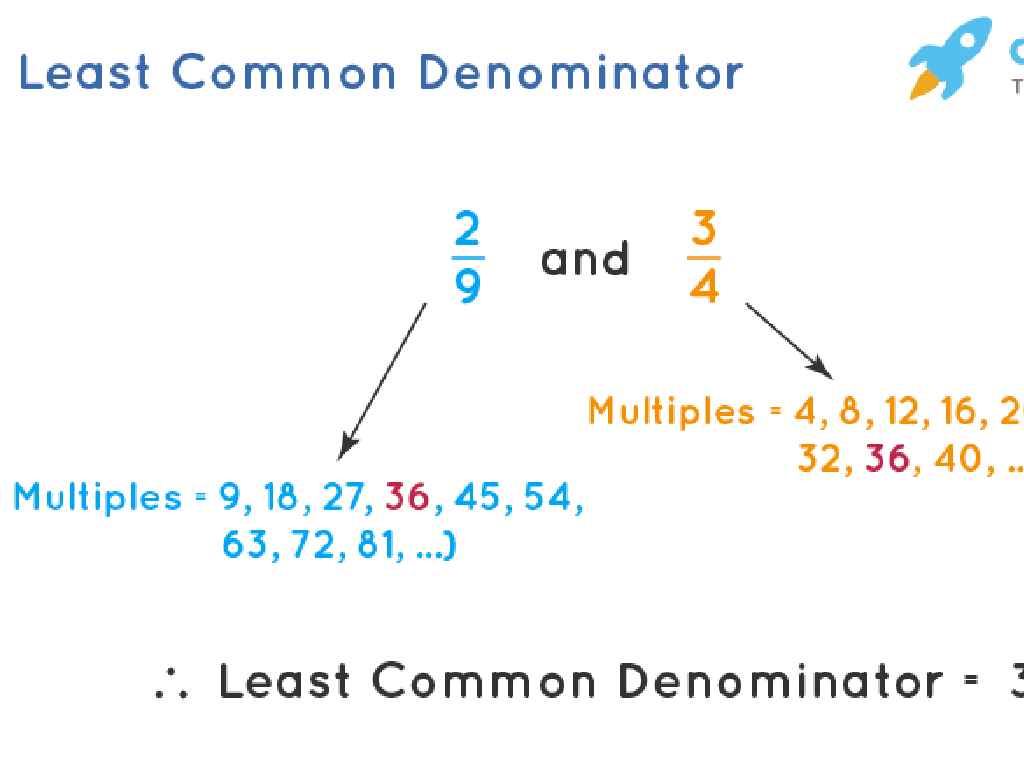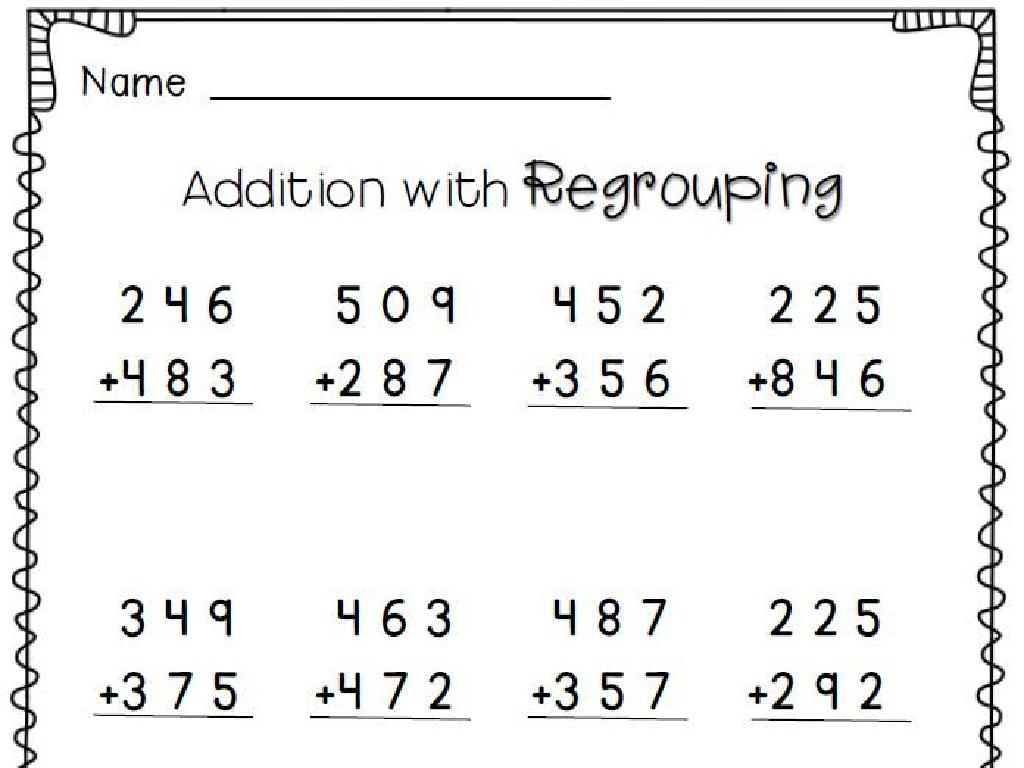Word Choice And Usage
Subject: Language arts
Grade: Seventh grade
Topic: Synonyms And Antonyms
Please LOG IN to download the presentation. Access is available to registered users only.
View More Content
Welcome to Synonyms and Antonyms!
– Explore the power of words
– Define synonyms and antonyms
– Synonyms: words with similar meanings, e.g., ‘happy’ and ‘joyful’
– Understand their importance
– Antonyms: words with opposite meanings, e.g., ‘hot’ and ‘cold’
– Enhance language with word choice
– Using synonyms and antonyms can make writing more vivid and precise
|
This slide introduces the concept of synonyms and antonyms, which are crucial for effective communication. Synonyms allow us to avoid repetition and make our language more engaging, while antonyms help us express contrast and clarify meaning. Understanding and using these can greatly enhance a student’s writing and speaking abilities. Encourage students to think of synonyms and antonyms for common words they use every day and to consider how word choice can change the tone or clarity of a sentence. This foundational knowledge will be built upon in future lessons with more complex vocabulary and writing exercises.
Exploring Synonyms in Language Arts
– Define synonyms
– Words with similar meanings, e.g., ‘happy’ and ‘joyful’
– Common synonyms examples
– ‘Fast’ and ‘quick’, ‘sad’ and ‘unhappy’, ‘smart’ and ‘intelligent’
– Enhance writing with synonyms
– Use synonyms to avoid repetition and make writing more vivid and precise
|
This slide introduces the concept of synonyms, which are words that have similar meanings and can be used interchangeably in many contexts. Provide students with a clear definition and then move on to familiar examples that they can relate to. Emphasize the importance of using synonyms to make their writing more interesting and engaging by avoiding repetition. Encourage them to think of synonyms for overused words in their essays and stories. This will not only expand their vocabulary but also enhance their writing skills by allowing them to express their thoughts more accurately.
Exploring Antonyms in Language
– Define antonyms
– Antonyms are words with opposite meanings, like ‘hot’ and ‘cold’.
– Common antonyms examples
– Examples: ‘happy’ and ‘sad’, ‘begin’ and ‘end’, ‘success’ and ‘failure’.
– Antonyms enhance writing contrast
– Using antonyms can emphasize differences, making writing more vivid.
– Practice using antonyms
– Find antonyms for ‘quick’, ‘bright’, ‘hard’. How do they change a sentence?
|
This slide introduces the concept of antonyms, which are words with opposite meanings. Understanding and using antonyms effectively can greatly enhance a student’s writing by creating contrast and emphasizing particular points. Provide students with common examples of antonyms and encourage them to think of additional pairs. Discuss how the use of antonyms can add depth to their writing by highlighting differences. Instruct students to practice finding antonyms for given words and to create sentences using them to see how they can alter the meaning or tone of their writing.
Choosing the Right Word: Synonyms and Antonyms
– Context determines word choice
– Words have different meanings depending on the situation
– Connotation and Denotation
– Connotation: emotional association; Denotation: literal meaning
– Practice with sentence examples
– Identify synonyms/antonyms that fit the sentence context
– Enhancing vocabulary skills
|
This slide introduces students to the nuances of word choice, emphasizing the importance of context in selecting appropriate synonyms and antonyms. Connotation and denotation are key concepts; connotation refers to the emotional or cultural associations of a word, while denotation is its exact, dictionary definition. Through practice with sentence examples, students will learn to identify words that not only fit grammatically but also match the tone and style of the writing. Encourage students to think critically about word choice to enhance their vocabulary and writing skills. Provide various sentences and ask students to choose the best synonym or antonym to replace a given word, considering both the connotation and denotation.
Synonyms and Antonyms in Literature
– Find synonyms and antonyms in text
– Look for words with similar or opposite meanings
– Grasp why authors choose words
– Authors’ word choice affects tone and clarity
– Activity: Enhance a paragraph
– Replace ‘dull’ words with vivid synonyms
|
This slide aims to teach students the importance of word choice in literature and how synonyms and antonyms can alter the meaning and tone of a text. Start by explaining how to identify synonyms and antonyms within the context of a literary piece. Discuss with students how an author’s choice of words can influence the reader’s interpretation and emotional response. For the activity, provide a paragraph with common or ‘dull’ words and ask students to rewrite it using synonyms to enhance the language. This exercise will help them understand the impact of word choice and develop their vocabulary. Encourage creativity and discuss the changes in class.
Your Turn to Play with Words!
– Engage in ‘Word Swap Challenge’
– Pair up: Find synonyms & antonyms
– For ‘quick’: Synonyms could be ‘fast’, ‘swift’. Antonyms might be ‘slow’, ‘sluggish’.
– Share findings with the class
– Discuss meaning alterations
– How does using ‘swift’ instead of ‘quick’ change a sentence?
|
This class activity is designed to enhance students’ understanding of synonyms and antonyms and their impact on sentence meaning. Students will work in pairs to brainstorm and list synonyms and antonyms for given words, promoting collaboration and discussion. Afterward, they will share their lists with the class and discuss how the choice of a synonym or antonym can alter the meaning of a sentence or the nuance of the text. This exercise will help students appreciate the subtleties of language and the importance of word choice in writing. As a teacher, facilitate the activity by providing guidance and ensuring each pair has a diverse list of words to work with. Encourage creativity and critical thinking as students explore the relationships between words.
Class Activity: Crafting Stories with Synonyms and Antonyms
– Write a story with provided words
– Use synonyms and antonyms effectively
– Synonyms: words with similar meanings; Antonyms: words with opposite meanings
– Notice how words affect tone and imagery
– Observe how different words can change the feeling or picture you create
– Share and discuss stories in class
|
This activity is designed to enhance students’ understanding of synonyms and antonyms and their impact on literary tone and imagery. Provide students with a list of words and their synonyms and antonyms. Instruct them to craft a short story incorporating these words in a way that demonstrates their understanding of how word choice can alter the mood and visual elements of a story. Encourage creativity and the use of descriptive language. After writing, students will share their stories with the class, fostering a discussion on the various effects of their word choices. This will help them see the power of language in storytelling and improve their vocabulary skills.
Synonyms, Antonyms, and Word Choice: Wrap-Up and Homework
– Recap: Synonyms and Antonyms
– Synonyms are words with similar meanings, antonyms are opposites
– Word choice shapes writing
– The words we choose affect the tone and clarity of our writing
– Homework: Craft a poem
– Write a poem that creatively includes at least five pairs of synonyms and antonyms
– Use 5 pairs of synonyms and antonyms
|
As we conclude, remind students how synonyms can be used to avoid repetition and make writing more interesting, while antonyms can be used to show contrast and emphasize points. For homework, students will apply what they’ve learned by writing a poem that includes at least five pairs of synonyms and antonyms. This will help them understand the power of word choice in expressing ideas creatively and clearly. Encourage them to think about the emotion and imagery they want to convey in their poem, and how the use of synonyms and antonyms can enhance their expression. Provide examples of poems that effectively use these literary devices to inspire them.






